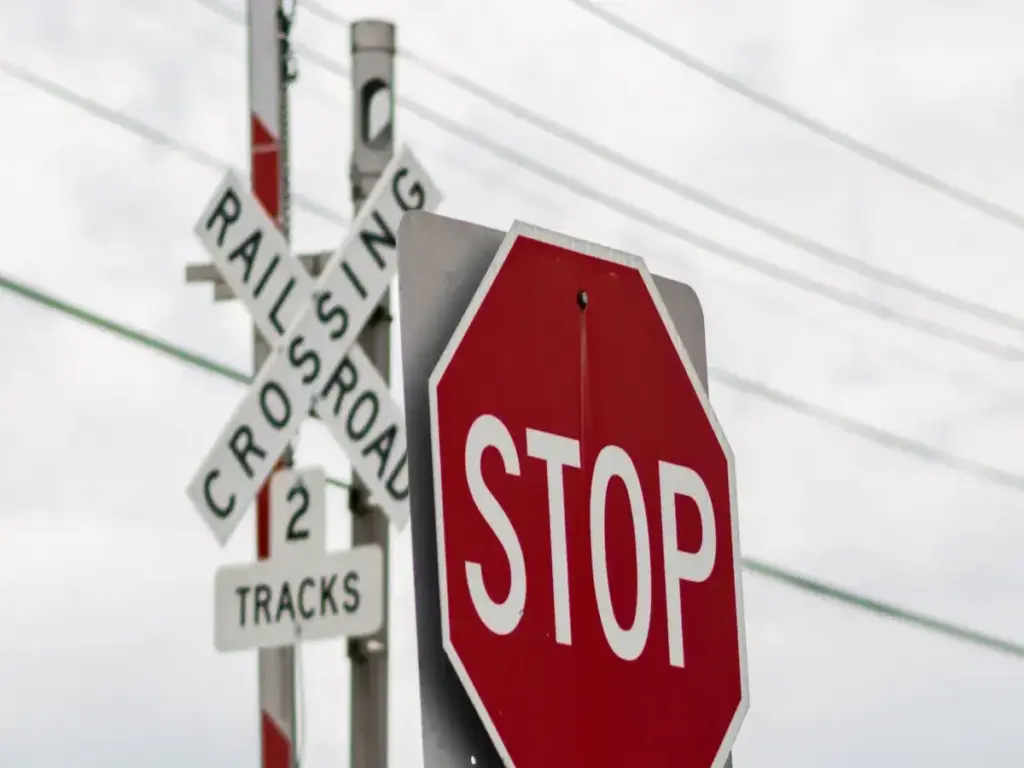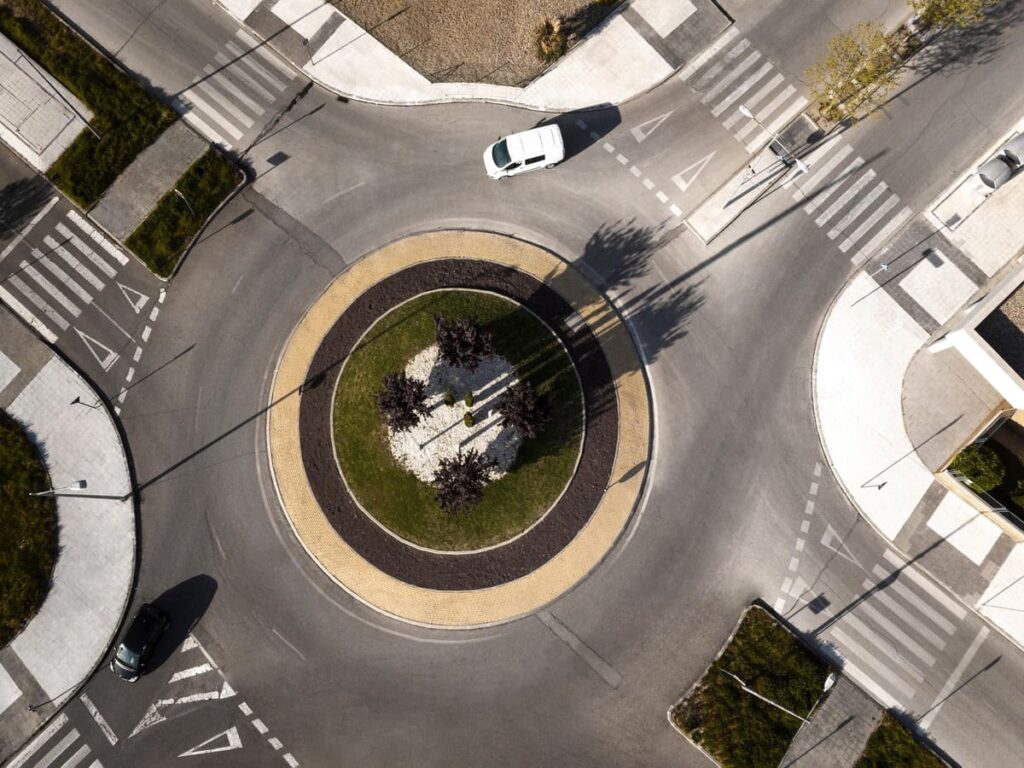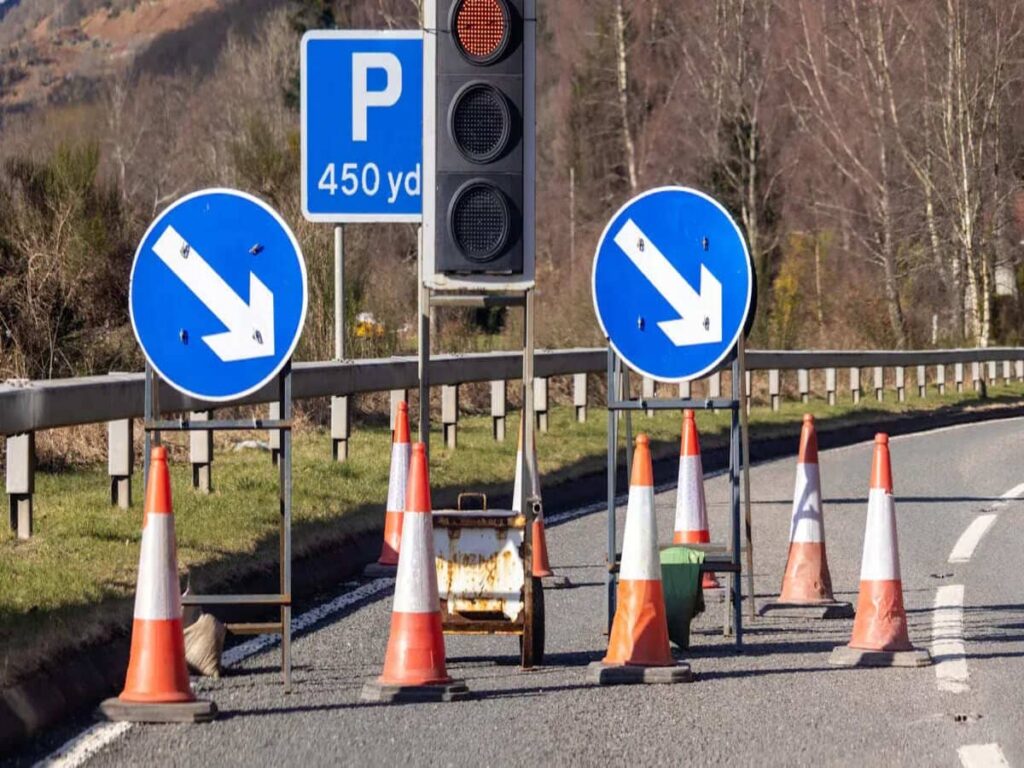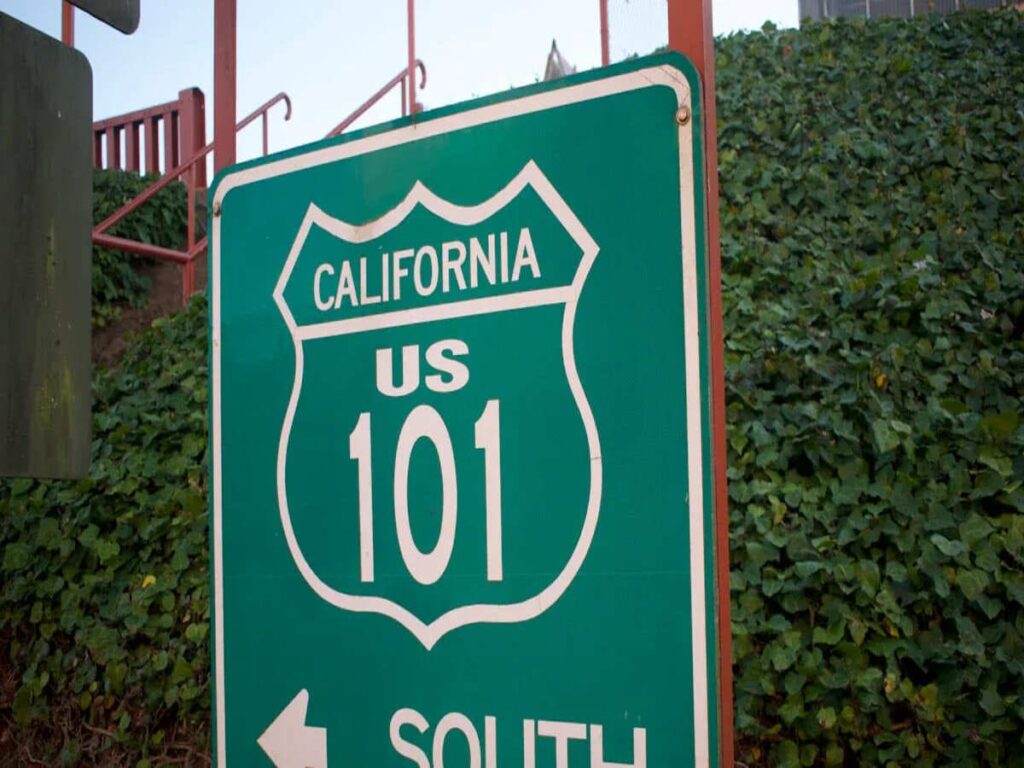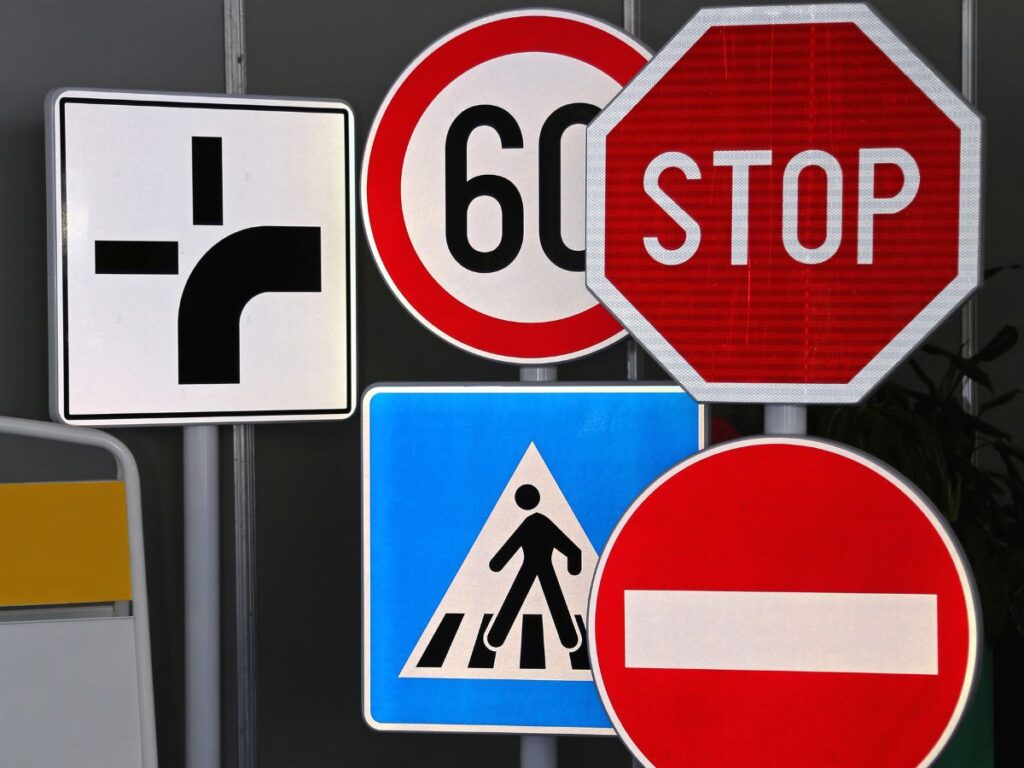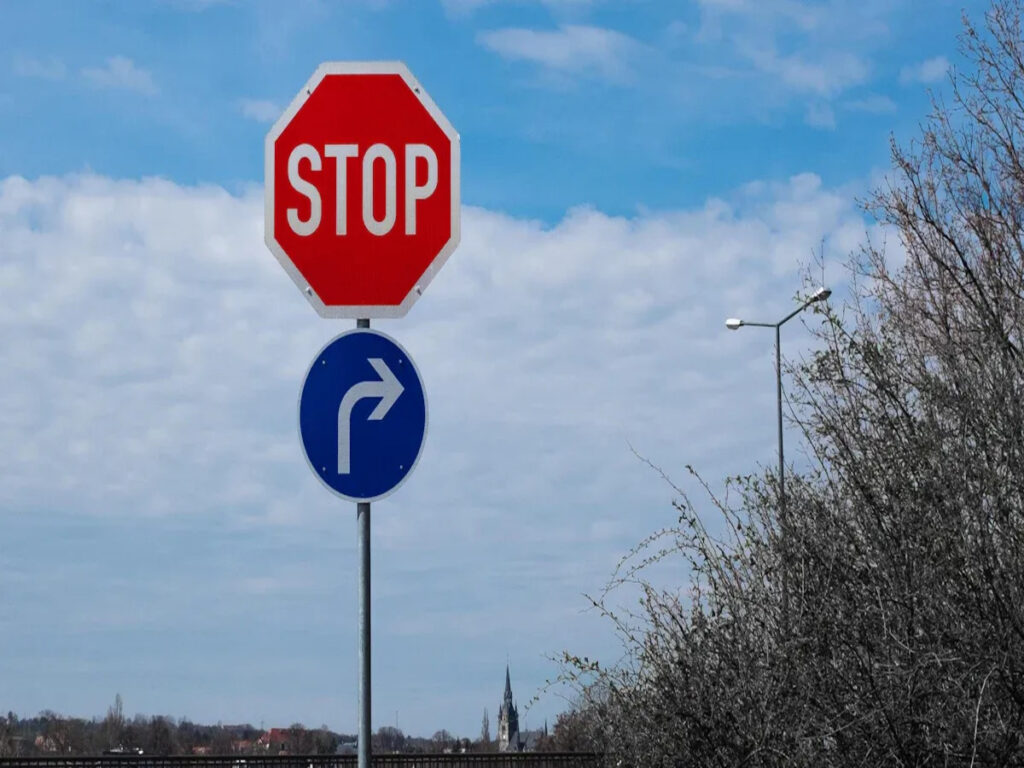
In tutto il mondo, drivers are responding more to symbols than to words on road signs. A well-designed sign with clear visual language improves both safety and traffic flow. Al contrario, word-heavy signage can confuse drivers—especially those who don’t speak the local language.
Ad esempio, a study in Massachusetts found a 27% reduction in sideswipe crashes after wordy signs were replaced with simpler, more visual alternatives. While countries like Australia are moving toward more symbol-based signage, gli Stati Uniti. still relies heavily on text. This global shift is reshaping how we travel—and how safe our roads can be.
A Optraffic, we embrace this evolution by designing Segni di sicurezza del traffico that speak a universal visual language. Our traffic solutions are built to be instantly understood, wherever they’re seen.
Evolution of Road Sign Language
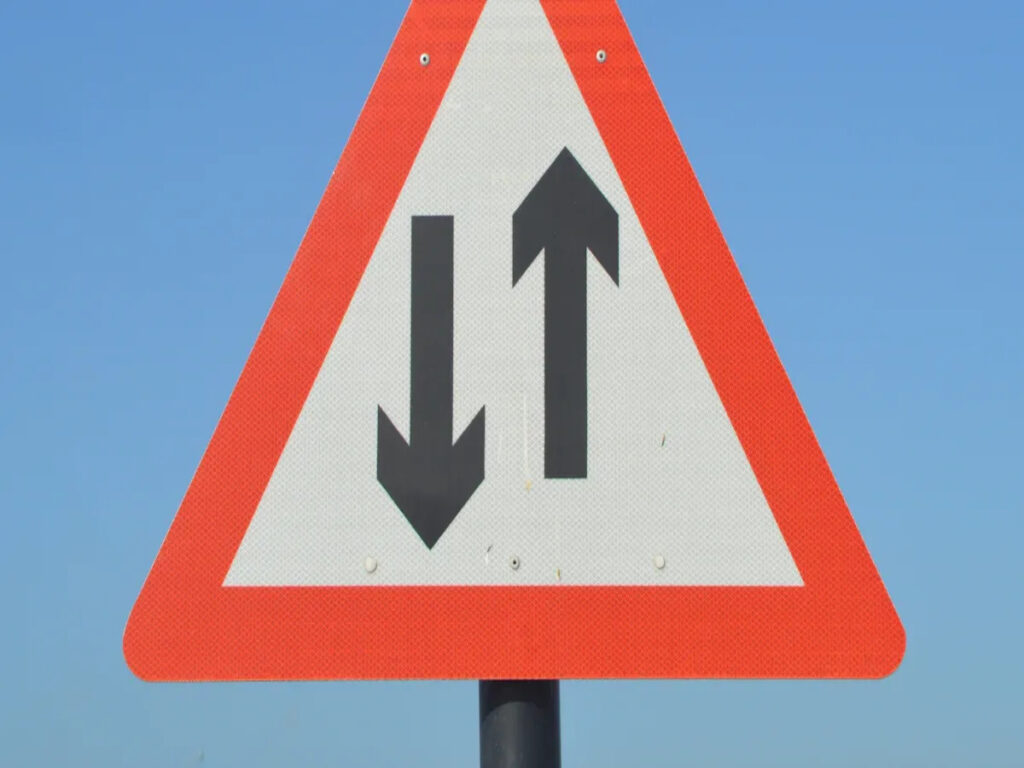
Historical Background
A long time ago, before cars, people used simple signs to help travellers. In Ancient Rome, stone columns stood at crossroads. These old signs helped people find their way. They did not look like today’s road signs. Entro la fine del 1800, more people rode bicycles and drove cars. This meant better road sign language was needed. In 1899, IL American Automobile Association put up signs on busy roads. Clubs in New York and California soon did the same. Early signs were wooden boards on iron posts. The first stop sign appeared in Detroit in 1915. It was a square, two feet wide, with black letters on white.
Mentre più persone guidavano, standardisation became important. In 1922, states like Minnesota and Indiana agreed on sign shapes. Di 1923, IL Mississippi Valley Association of Highway Departments impostare le regole per le forme. Round signs meant railways, octagons meant stop, diamonds meant caution, and rectangles meant directions. In 1924, a conference introduced colour codes. Red meant stop and yellow meant caution. These ideas shaped today’s signs. IL 1935 Manuale sui dispositivi di controllo del traffico uniforme (MUTCD) brought more order. It put signs into groups: normativo, avvertimento, e guida. Each group had its own colour and shape. Col tempo, signs changed from wood to metal, then to aluminium with reflective paint. This made them easier to see at night.
Global Shift to Symbols
When people started travelling between countries more, they saw that text-heavy signs could confuse drivers who spoke other languages. IL 1968 Convenzione di Vienna wanted more symbols in road sign language. Countries wanted signs that everyone could understand. Symbols started to replace words on many signs. This made signs quicker to read and easier to spot. Per esempio, a deer picture warns about animals crossing. An arrow shows which way to turn.
Many things caused this change. Studies showed drivers made fewer mistakes with clear graphics. When lane arrows matched the lanes, drivers picked the right lane more often. Graphic signs helped drivers decide sooner. This meant fewer sudden lane changes. Too much information on a sign confused people. Designers began using fewer words and more pictures. People liked signs with symbols, especially in busy places like big interchanges.
Nota: Moving to symbols also helps roads get ready for future technology, like driverless cars. These cars need clear, standardised signs to find their way.
Current Trends
Ora, many countries update their signs to use more symbols and less text. Europe leads this change. Most countries follow the Vienna Convention’s rules. Australia uses symbols for roundabouts, Attraversamenti pedonali, and no parking. Nell'Asia, Japan and South Korea also use more symbols. This helps tourists and locals.
Modern tools like GuideSIGN software help people design signs that follow new rules. The software has lots of symbols and styles. It makes it easy to design signs for things like bike lanes or electric car charging points. This technology makes the process faster and keeps signs the same in different places.
- Countries now:
- Use more symbols to help people who speak different languages.
- Update signs for new transport trends, like cycling and electric cars.
- Use software to design and standardise signs quickly.
The world is moving towards using more symbols on road signs. This makes roads safer and easier for everyone to use, Non importa da dove provengano.
NOI. Approccio
Text-Heavy Signs
Negli Stati Uniti, drivers often see road signs filled with words. Many traffic signs use clear instructions like “FERMARE,” “PRODOTTO,” O “LIMITE DI VELOCITÀ.” People in the U.S. have grown used to reading these messages. The signs help local drivers understand rules quickly. Some signs even use full sentences, especially in cities or near schools. This style started long ago when most drivers spoke English. The country wanted to make sure everyone followed the same rules.
Transition to Symbols
Things began to change in the 1970s. People travelled more, and roads became busier. Gli Stati Uniti. looked at Europe, where symbol-based signs worked well. They saw that symbols could help drivers react faster, Soprattutto ad alta velocità. Symbols also helped visitors who did not speak English. The government started to add more symbols to signs. Per esempio, a picture of a deer warns about animals crossing. An arrow shows which way to turn. A volte, designers mixed words and symbols to make the message even clearer.
Nota: The move to symbols aimed to make roads safer for everyone, no matter where they came from.
Sfide
The switch from words to symbols did not happen overnight. Some drivers found new symbols confusing. Per esempio, IL “T” intersection sign puzzled many people at first. Reading long sentences while driving fast proved difficult. Designers had to find a balance between clear messages and short, segni semplici. A volte, they kept both words and symbols on the same sign. Maintenance also became a problem. Faded or badly placed signs made it hard for drivers to see the message. Even today, gli Stati Uniti. faces challenges in making sure every sign is easy to understand for all drivers.
Australia’s Symbol Focus
Segni basati su simboli
Australia stands out for its use of symbols on road signs. Drivers see pictures instead of long words. A kangaroo jumping means animals might cross the road. A person walking shows a pedestrian crossing. These signs use clear images to send a message fast. Many signs in Australia do not need any words at all. Questo aiuta tutti, Anche se non parlano inglese. Road planners choose simple shapes and bright colours. They want each sign to catch the eye and make sense right away.
Benefits of Symbols
Symbol-based signs offer many advantages. People from different countries can understand the message without reading. This makes travel safer for tourists and new residents. Children and older people also find these signs easier to follow. Drivers react faster to a picture than to a sentence. The brain can spot a symbol in less than a second. This quick response helps prevent accidents. Australia’s roads feel more welcoming because the signs speak a universal language.
Mancia: When planning a trip in Australia, look for signs with clear pictures. They often give important warnings or directions.
Interpretation Issues
Not every symbol is easy to understand. A volte, a sign can confuse drivers who have never seen it before. Per esempio, a sign with a black swan might puzzle someone from overseas. Some symbols mean different things in other countries. Road authorities in Australia test new signs before using them everywhere. They ask people what they think the sign means. If too many people get it wrong, they change the design. This helps make sure each sign works well for everyone.
Comparing Text and Symbols
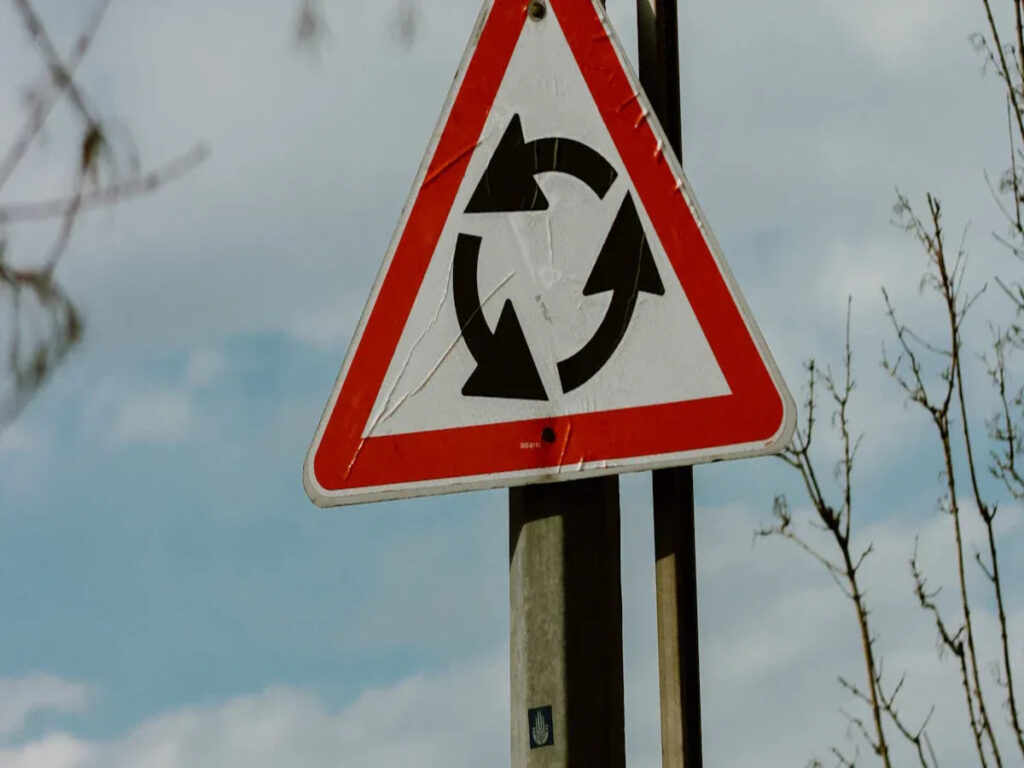
Impatto psicologico
Symbols and text change how drivers think. When drivers see a simple symbol, they understand it fast. Young drivers react to symbols even quicker. Clear signs help everyone stay safe. If a sign has too much to read, I conducenti si confondono. This can slow them down and make roads less safe. Eye-tracking studies show that busy signs make drivers look longer. This takes their eyes off the road. Simple symbols fix this problem and help drivers pay attention. But not every symbol is easy to know. Some drivers only know half the symbols they see. This happens when symbols are new or not used much.
Contextual Effectiveness
Text signs are good for hard or special messages. Speed limits and rules often use words. In città impegnate, drivers like text because it is clear. Symbols work best where many tourists visit. They also help when people speak different languages. Symbols make it faster and easier to share a message. Using both text and symbols works best for most people. Drivers get the message quickly and make safer choices. Grande, bright signs also help. They catch the eye and help drivers see better.
Mancia: When making new road signs, designers should think about who will use the road and what message they need to give.
Global Examples
Countries use different styles for their own needs:
- The European Union uses symbols to help people who speak different languages. Sometimes they add text in more than one language.
- Germany and France use symbols and two languages for better understanding.
- The USA, Canada, and Australia use text or a mix of both, based on local habits.
- Australia and New Zealand change sign size and language for local needs. Sometimes they use bigger signs or two languages.
Studies show that text-only signs are read faster and more correctly, especially if symbols are new. But when signs use both symbols and text, drivers understand faster and make fewer mistakes. Questo aiuta tutti, Non importa da dove provengano.
Best Practices in Road Sign Language
Combining Symbols and Text
Many countries now mix symbols with text on road signs. This approach helps drivers understand messages quickly, even if they do not speak the local language. Per esempio, a sign might show a picture of a bicycle with the word “LANE” underneath. This makes the meaning clear for everyone. When designers use both, they reach more people and reduce mistakes. People react faster to pictures, but sometimes words give extra detail. Mixing both methods means drivers get the best of both worlds.
Mancia: Signs with both symbols and short words help tourists, bambini, and older drivers feel more confident on the road.
Principi di progettazione
Good road sign language follows clear design rules. Experts say signs should be simple, familiar, e facile da individuare. International standards like Iso 3864 E Iso 9186 set rules for how safety signs should look. They say a sign should be understood by at least two-thirds of people who see it. Some countries aim even higher. Signs work best when they use real objects or people, have few details, and match what drivers expect. Studies show that signs with five or six pieces of information are easiest to read. Too much detail makes signs hard to understand. Designers also think about age, cultura, and experience, as these can change how people read signs.
- Key features of effective signs:
- Familiar shapes and colours
- Simple images
- Clear meaning
- Not too much information
Technology’s Role
Technology now plays a big part in making better road signs. Designers use special software to test how easy signs are to read. They can try different layouts and colours before putting signs on the road. Recent studies show that signs designed with ergonomic and digital tools are understood faster and more accurately. Experts can even use computers to predict which signs will work best. Questo aiuta a mantenere le strade sicure per tutti, no matter where they come from.
Global Challenges
Cultural Barriers
People from different countries see road signs in their own way. A sign that is normal in one place may look odd elsewhere. Some places use symbols that show their culture. Per esempio:
- In India, drivers might see signs with local gods or famous figures.
- Scandinavian countries sometimes have signs with trolls.
- Many Asian and African countries use more than one language on signs. In Africa, some signs use local dialects too.
- Australia warns about kangaroos, and Switzerland warns about avalanches.
- Local habits change signs as well. Italy shows roundabouts, and the UK shows pedestrian crossings.
These differences can make travel hard. A driver from Europe may not know what a camel crossing sign means in the Middle East. Even colours can be confusing. Red often means “fermare,” but other colours can mean different things in each country.
Miscommunication Risks
Not understanding a road sign can cause mistakes. Negli Stati Uniti, most signs use English words. This helps local people but can confuse visitors. Europe and Asia use more symbols so everyone can understand, Non importa quale lingua parlano. A volte, signs use different units. Speed limits in Europe use kilometres, but North America uses miles. This can make drivers guess their speed wrong. Signs for animals like kangaroos or camels may confuse tourists. When signs are not what drivers expect, Gli incidenti possono accadere.
Balancing Clarity
Designers want signs to be clear for all people. They must think about language, cultura, and local habits. Some countries try to make their signs the same, like the European Union. Altri, like the US, let each state pick its own style. This can make travel harder for visitors. The best signs use simple pictures and, if needed, short words. Good signs help keep everyone safe and make traffic move better.
Learning Across Borders
NOI. Lessons from Australia
The United States can pick up a few smart ideas from Australia’s symbol-based approach. Australian roads use clear pictures that speak to everyone, no matter where they come from. This helps tourists, new residents, and even children. Gli Stati Uniti. could use more symbols in busy cities and tourist spots. Symbols make signs faster to read and easier to understand. They also help drivers who do not speak English.
Mancia: Adding more symbols to signs near airports, national parks, and city centres can help visitors feel safer and less confused.
Australian signs often use bright colours and simple shapes. These features catch the eye and help drivers react quickly. Gli Stati Uniti. could try using bolder designs for important warnings or new road layouts.
Australia’s Takeaways from the U.S.
Australia can also learn from the American way. Gli Stati Uniti. uses text for rules and special instructions. This makes sure everyone knows exactly what to do. A volte, a symbol alone does not give enough detail. Adding a short word or phrase can clear up confusion.
Australia might use more text for complex rules, like parking times or school zones. This helps drivers avoid mistakes. Gli Stati Uniti. also tests new signs with different groups. Australia could do more of this to check if everyone understands the message.
Nota: Mixing symbols with short, clear road sign language can help all drivers, especially when rules are tricky.
Shared Strategies
Both countries want safer roads and happier drivers. They can work together and share what works best. Here are some shared strategies:
- Use symbols for quick warnings and directions.
- Add short text for rules or special cases.
- Test new signs with people of all ages and backgrounds.
- Update signs for new trends, like electric cars or cycling lanes.
| Strategia | Beneficio |
|---|---|
| Più simboli | Faster understanding |
| Clear text | Less confusion |
| Testing signs | Migliore sicurezza |
By learning from each other, gli Stati Uniti. and Australia can make roads safer for everyone.
Future of Road Sign Language
Trends Ahead
People see changes coming to road signs all over the world. More countries want signs that everyone can understand. They look for ways to make signs even simpler and quicker to read. Some places test new shapes and colours to catch drivers’ attention. Others try out signs that light up at night or change with the weather. Many experts think that symbols will keep getting more popular. They believe that road sign language will become even more visual in the next few years.
Lo sapevate? Some cities now use animated signs to warn about traffic jams or accidents ahead.
Integrazione digitale
Technology steps in to help drivers every day. Many cars now have screens that show road signs right on the dashboard. Some signs use sensors to change their message when traffic gets busy or when it rains. Digital signs can warn about icy roads or show new speed limits. Drivers get updates in real time, so they can make safer choices. Even smartphones and satnavs can show road signs on their maps.
- Digital road signs can:
- Change messages quickly
- Show warnings for weather or accidents
- Help drivers who do not speak the local language
Harmonisation
Countries want to make road signs look and mean the same thing everywhere. This helps people who travel or move to new places. Groups like the United Nations work on rules for signs that everyone can follow. They hope to stop confusion and make roads safer for all. Some countries already use the same symbols for things like pedestrian crossings or roundabouts. Others are starting to join in.
| Obiettivo | Beneficio |
|---|---|
| Same signs globally | Less confusion |
| Shared symbols | Safer travel |
| Regole chiare | Easier learning |
People hope that, one day, drivers will see the same road sign language wherever they go.
The world moves towards symbol-based road signs for good reasons. Symbols help drivers stay safe, feel included, and travel with less stress. People from different countries understand pictures faster than words. Gli Stati Uniti. and Australia both have smart ideas to share. They can learn from each other and make roads even safer. Un giorno, drivers everywhere might see the same signs and feel at home, Non importa dove vanno.
Road signs will keep changing as travel and technology grow. The journey to clearer roads has only just begun.
Domande frequenti
What makes symbol-based road signs easier to understand?
Symbols use pictures that most people know. They help drivers act fast. People from many countries can understand symbols. This is true even if they do not speak the language. Symbols make roads safer for all.
Do all countries use the same road sign symbols?
NO, not all countries use the same symbols. Some places have special signs for local animals or rules. Many countries use international standards. But drivers might still see new or strange symbols when they travel.
Why do some signs still use words?
Words give details that symbols cannot show. Per esempio, parking times or special rules need clear text. Some drivers feel better when they see both words and pictures.
Mancia: If a road sign language is hard to understand, look for a symbol and a short word. This can help you know what the sign means.
How does technology help with modern road signs?
Technology lets designers try new signs on computers. They can see which signs people understand best. Digital signs can change messages fast. They can show warnings or updates right away.

